Spatial
Rosemary Li Rosemary Li Dou Gong Revival
-
Tauira / Student
Rosemary Li -
Te Kapa Tauira / Student Team
Muqi Chen, Jennifer Rong, Sahajmun Mahal, Angela Li, Chaoran Qiu, Pranjali Puri, Reuben Jenkin, Tati Gamboa, Tim Brodrick, Yun Hao -
Kaitautoko / Contributors
Resene, Carters -
Kaiako / Lecturer
Matt Liggins
-
Client
The Heart of the City - Auckland Artweek -
School
University of Auckland
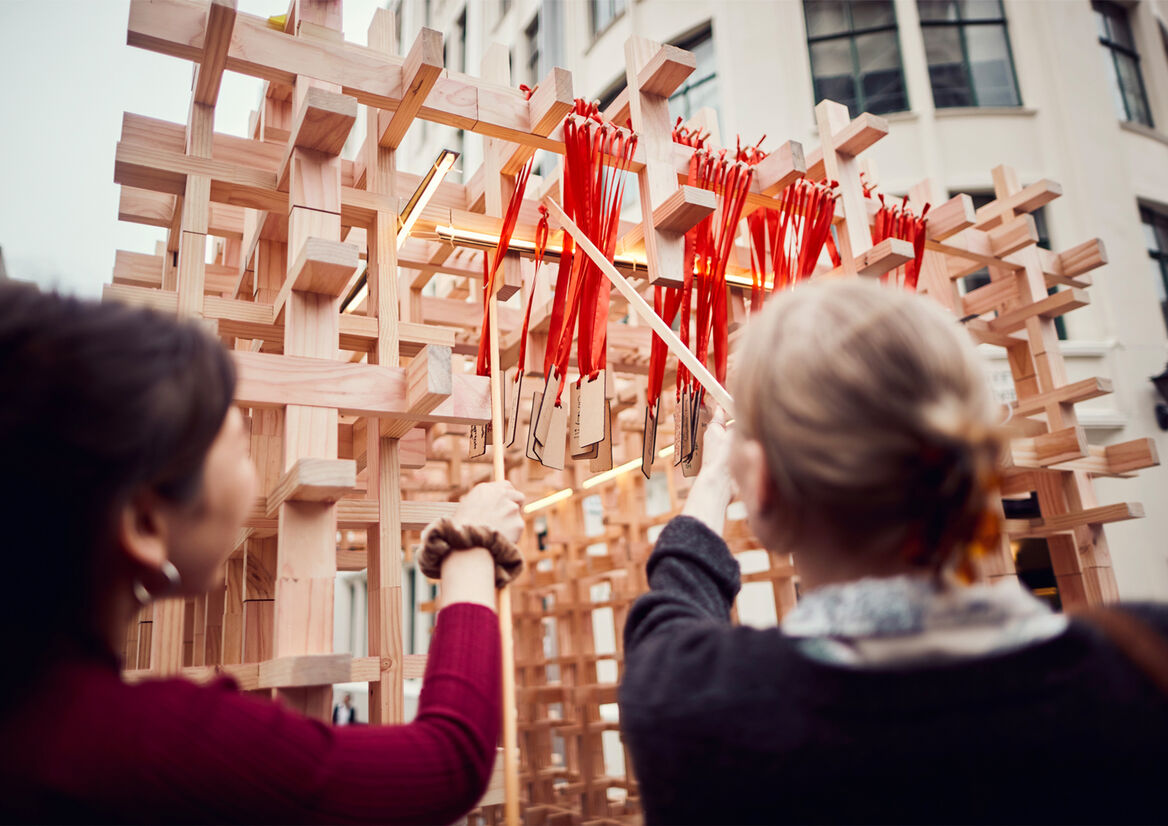
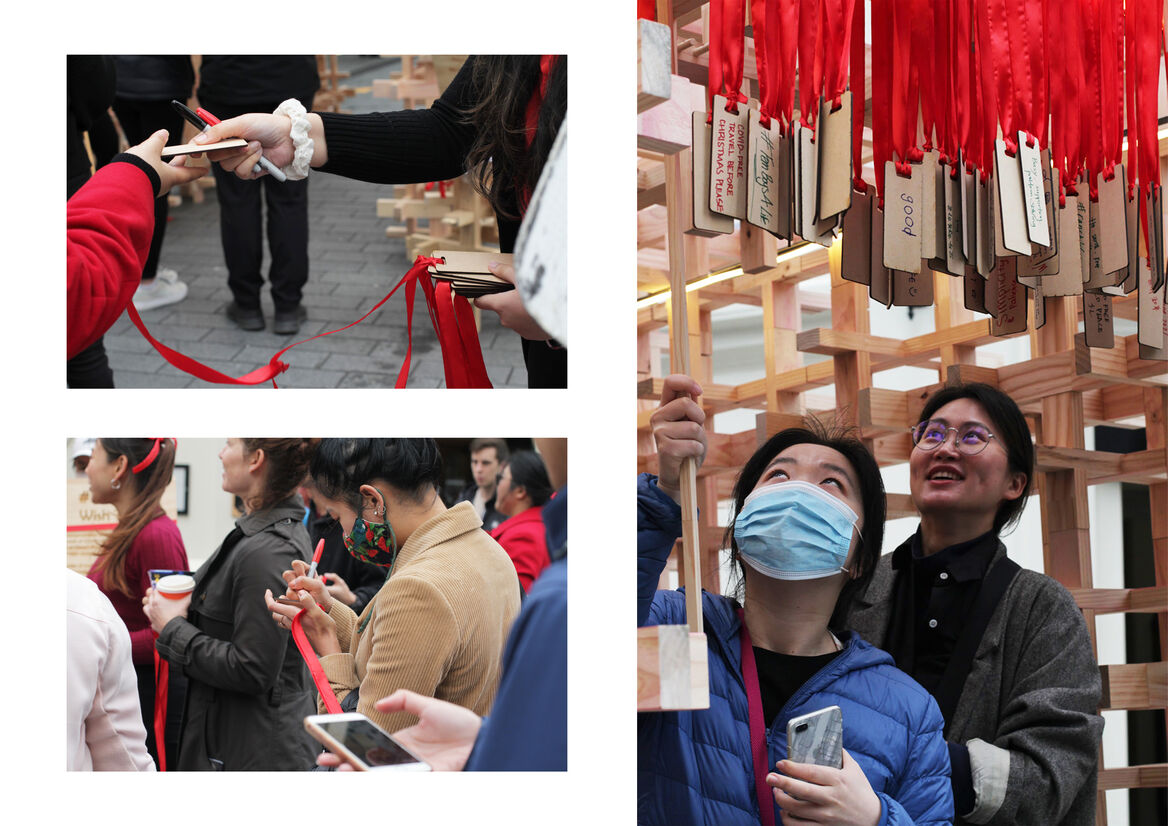
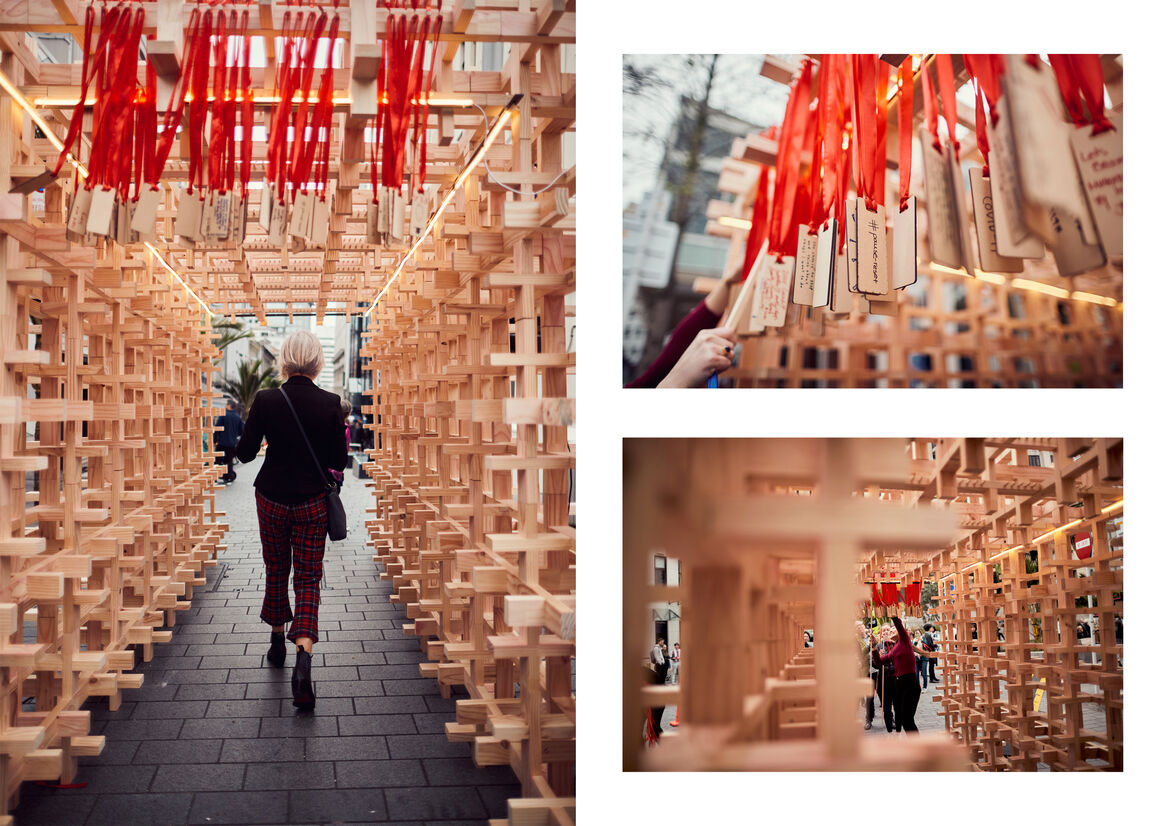
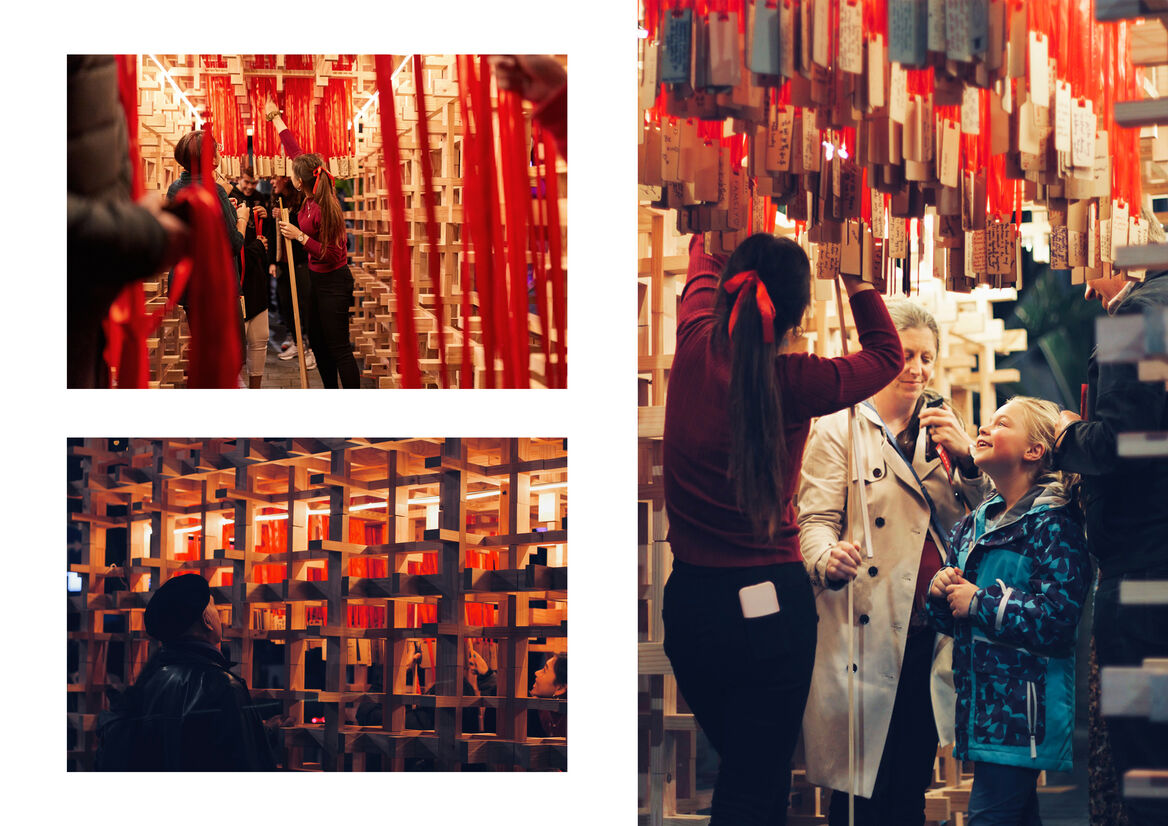
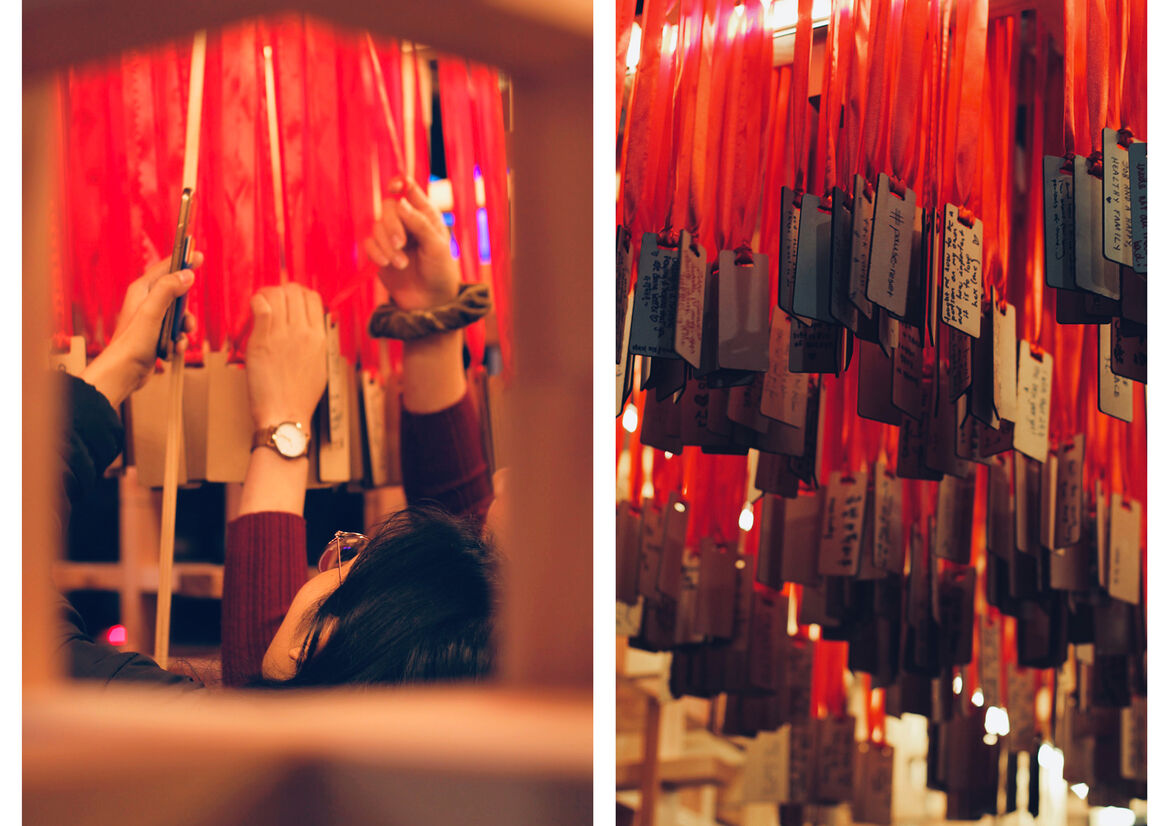
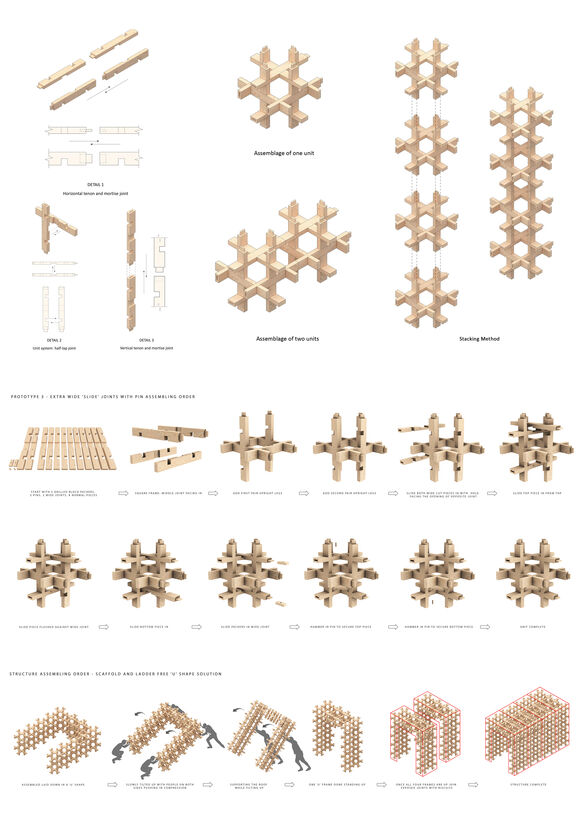
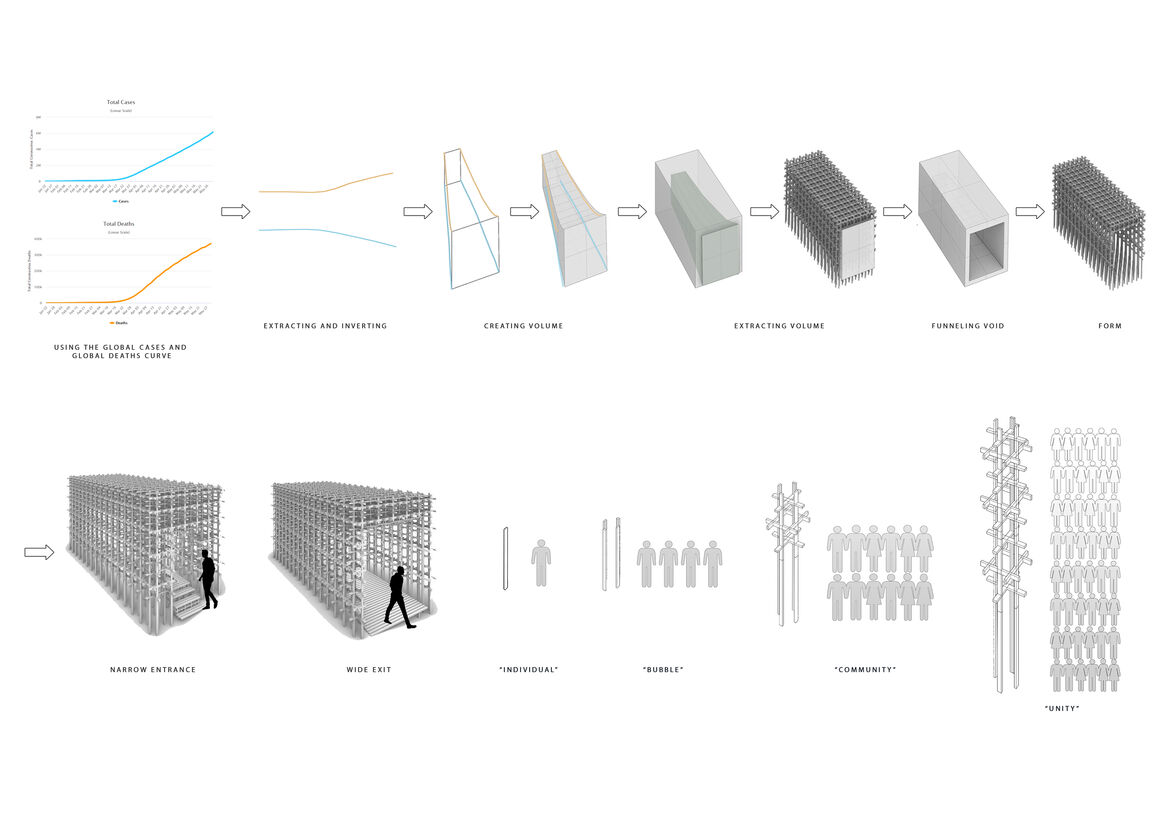
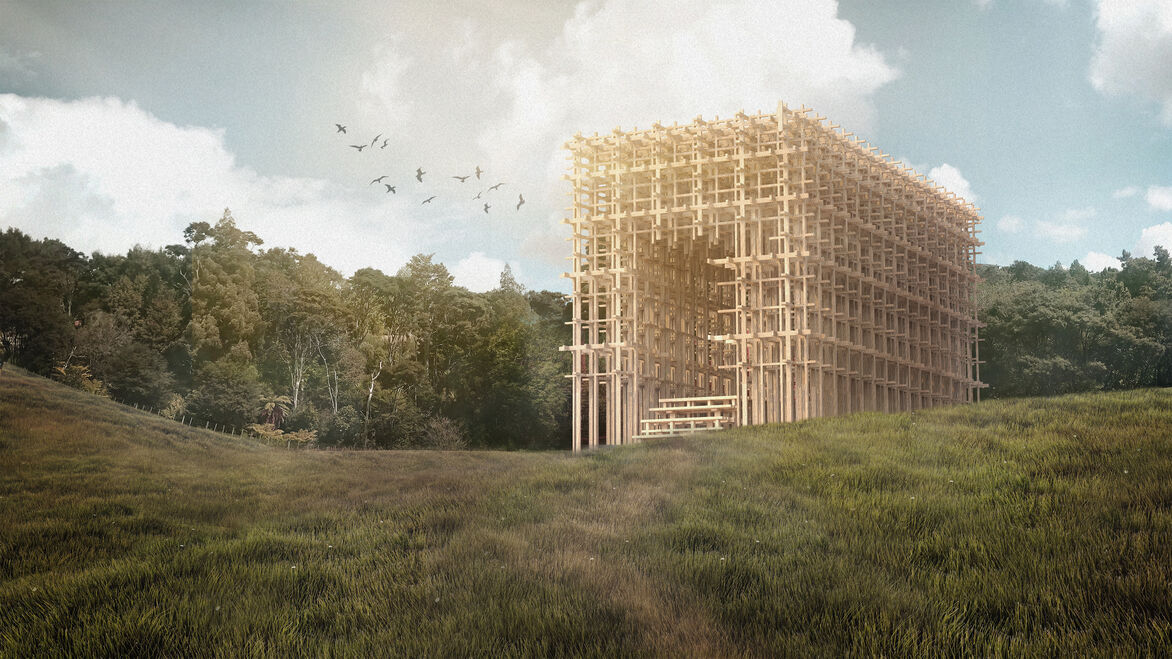

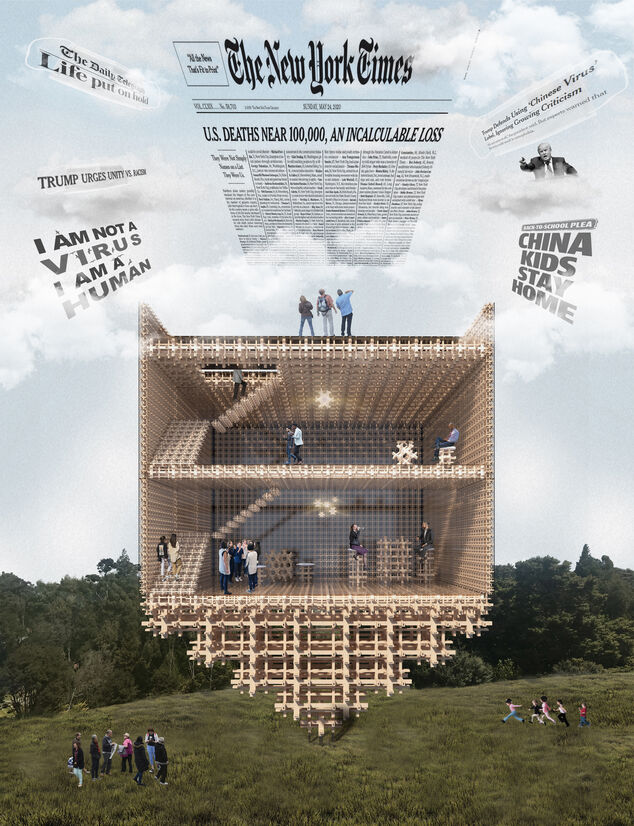
Description:
Inspired by the traditional Chinese bracket system; the Dou gong (斗拱), the thesis explores to revive this artistry through the means of modern fabrication. By following the process of research, design, build and application of an architectural installation the project critically questions: ‘How can we employ the advancement of modern technology to revive a long-lost ancient building technique of the traditional Chinese joinery system, and create a monumental piece in commemoration of the COVID-19 global pandemic?’ In response, two different scaled architectural installations are designed to commemorate this historic event: the realization of the 'Hashtag Wish Tree' for the annual Auckland Art Week and Kaipara Coast Sculpture Gardens Exhibition and the 'Sentimental Piece' proposal as one of the top finalists for the 2020 Brick Bay Competition.
Dou Gong is vastly used across historic Chinese architecture. The beauty of this ancient artform lies within the craftsmanship that demands high precision for each joint to interlock in harmony together. Without a single nail or drop of glue, the dense, complex brackets form a robust and aesthetically pleasing structural system for the overhanging roofs. The installation reinterprets this technique to a lightweight spaceframe design that reveals the potential of a versatile self-supporting structure. The notion of the installation marks this historic event, bridging the traditional and the modern; the east and the west; architecture and sculpture poetically together as one entity.
The ongoing crisis has caused a major catastrophe across the world. The fragility of life strikes people as they fall short of hope and lose faith in this state of chaos. This has become the most devastating and heated subject in human history and have tremendously impacted lives. Encapsulating this theme, the installation takes a new perspective on a global crisis and translates it into an architectural language where world/nationwide data and curves are extracted and intertwined throughout the design as an inimitable symbolic experience, a tribute to mortality.
The design intends to draw awareness to support those who are fighting under these severe circumstances by providing a platform where the public voice can be heard and provides a sense of appreciation for social interaction that was once took granted for. Ultimately it aims to create a meaningful contribution towards the community and make an impact on each individuals’ experience, hoping to reactivate the site and reunite people together as the crisis settles back to normality again.
The ‘Hashtag Wish Tree’ represents a motif of China, as it was one of the first countries majorly struck by the crisis. Consisting over 3,000 pieces, each component denotes as an individual interlocking together with another; signifying strength and unity when connected as a whole.
Visitors are given the opportunity to share and reflect on their personal lockdown experiences or make a wish through an interactive element; this act of tying a ribbon to a tree – a traditional Chinese ritual that symbolizes health and prosperity. As people enter the ‘void’; which is a strong representation of the deceased and portrayed as an ‘absence’ of life, they will hang up their customized ribbons in a chronological order. New Zealand’s case curve will then gradually start to evolve over time as people emerge.
The project is not only about reviving a traditional craftsmanship but also about reviving the community through an architectural language. With the advancement of technology, the repetitive and once labor-intensive complex joints can now be programmed and mass-produced with high level of accuracy using the Computer Numerical Control machine, allowing for efficient and effective fabrication. In the wider spectrum, application of this versatile technique can be envisioned as a structural floor, roof system, wall, foundation, staircase, lights, furniture or even as a whole self-supporting, load-bearing building in the future. The idea denoted in this architectonic narrates that all the negativity and xenophobia caused by the coronavirus will eventually fade away, and the design of this system will bring positivity to the community and reunite people together to be stronger.
As people start adapting to the ‘new norm’ in this state of uncertainty, it is even more so important for architects to play their role in tackling and responding to current real-world issues in the community today. It is believed that good architects not only should solely design architecture that provides a spatial experience but also one that leaves a strong impact on people. As the design ‘unites’ people together, the people are the ones that make the design ‘alive’.